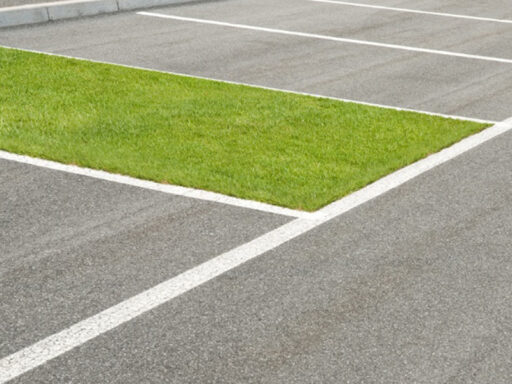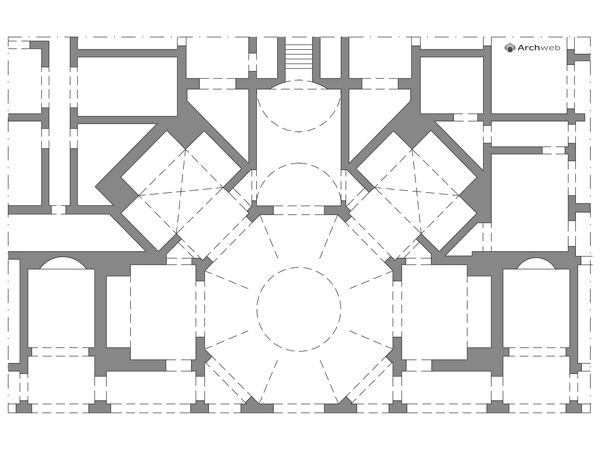Domus Aurea
Plan of the octagonal hall
Location
Roma
Year
64 d.C.
Domus Aurea
The Domus Aurea, which means "Golden House" in Latin, was an opulent and extravagant palace in ancient Rome. It was commissioned by the Roman Emperor Nero after the Great Fire of Rome in 64 AD, which had destroyed a large part of the city. The Domus Aurea was built on a grand scale, covering a vast area of land between the Esquiline and Palatine Hills.
The palace was renowned for its opulence and luxury, featuring extravagant decorations and architectural innovations. One of its most distinctive features was the use of a revolving ceiling, which imitated the movement of the celestial bodies. The walls were adorned with intricate frescoes and adorned with precious gems and metals, giving the palace its name, the "Golden House."
The Domus Aurea also included vast gardens, a man-made lake, and a colossal statue of Nero, known as the Colossus of Nero, which later inspired the construction of the Colosseum. However, the palace's existence was short-lived, as subsequent emperors dismantled and repurposed parts of it, viewing Nero's creation as excessive and extravagant.
Despite its relatively brief existence, the Domus Aurea left a lasting impact on art and architecture, influencing Renaissance artists like Raphael and Michelangelo. The rediscovery of the Domus Aurea's remains in the 15th century sparked a renewed interest in classical aesthetics and contributed to the revival of classical styles during the Renaissance.
Drawings that can be purchased

16 €
How the download works?
To download files from Archweb.com there are 4 types of downloads, identified by 4 different colors. Discover the subscriptions
Free
for all
Free
for Archweb users
Subscription
for Premium users
Single purchase
pay 1 and download 1






























































